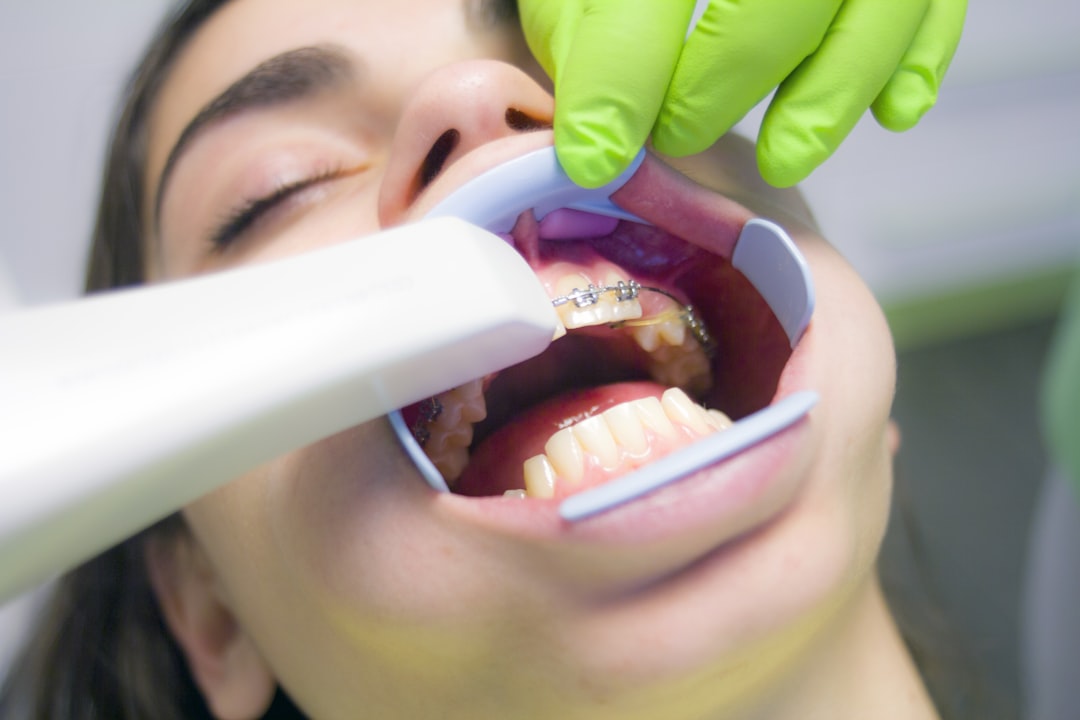
Parasite control is the practice of managing bugs that can damage plants, crops, animals, or other natural deposits. It might entail a selection of tactics, consisting of chemical and also non-chemical approaches. The main goal of pest control is prevention as well as reductions of a pest populace in a location or avoiding the spread of a parasite to another area. It is based upon an organized method to pest monitoring that considers ecological conditions and also the effect of an insect on its hosts or all-natural opponents. Organic controls, such as parasites, predators, microorganisms, and fungi, may be made use of to subdue or remove a pest population. They commonly are come with by other techniques of control to prevent the parasite from dispersing. For example, making use of termites, nematodes, and also various other killers in grass and garden administration can be effective versus pest insects such as aphids and also spider mites. The killers frequently live in the very same environment as the parasite, and also can consequently quickly ingest the pest and also kill it. In some cases, it might be essential to launch pest-specific bloodsuckers or fungi into an area, especially where the insect is highly invasive and hard to control with various other approaches. These predators must be very carefully monitored to make certain that they do not hurt other insects or their all-natural adversaries in the location as well as are launched each time when their numbers are not too much, hence restricting their ability to develop themselves and also begin to reduce the pest population. Physical and mechanical controls likewise can be helpful to regulate insects, such as catches for rodents. Other approaches include the use of barrier products, such as cord mesh, that keep pests out of areas where they can cause troubles. Pheromones can be made use of to draw in and also check insects, in addition to assistance determine and also target them for control. These scents are produced duplicates of the all-natural pheromones that female bugs create to bring in males. These scents can be related to a location as well as can lower the variety of parasites by maintaining some premature insects from mating or reproducing. These pheromones can be really efficient in controlling parasite populations when they are positioned purposefully around an area. They can be placed in catches, or used as a spray on plants to subdue pests. Integrated insect administration includes integrating these types of control techniques to decrease bug populations while not harming the environment. It is a process that requires a great deal of research study into pest biology as well as prospective natural enemies, along with considerations for possible unexpected repercussions. Cultural actions, such as hygiene, are very important to controlling pests. Sanitation is vital to avoid the spread of insects to various other locations, and it aids to decrease the amount of waste that is left after treatment. It also restricts the opportunity of human contact with pesticide deposits, which can result in illness or illness transmission. In addition, appropriate parasite management can assist to boost the quality of life in the community. It can advertise healthy plant growth as well as safeguard human health by decreasing the danger of contracting conditions, such as salmonella, listeria, leptospirosis, and lymphocytic choriomeningitis.
